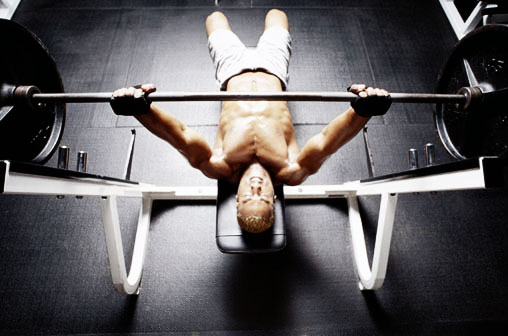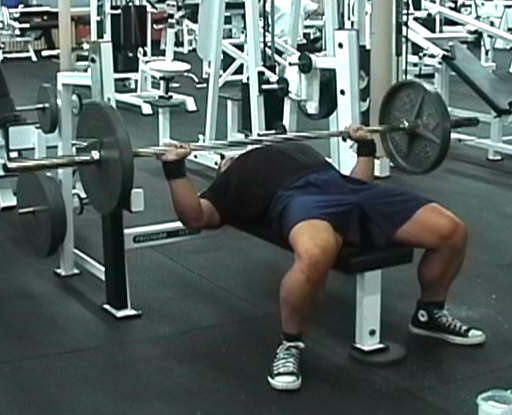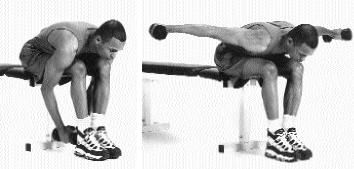Strong Chest Muscle Command Respect And Confidence
So you want to build big and powerful chest muscles? Big pecs or chest muscles that command respect and adoration? You can be the proud owner of a big and powerful chest if you set your mind to it.
Many people actually think that there are 2 separate chest muscles, well there aren’t. The chest muscle or pecs that you see on each side of your chest is a fan shaped one continuous muscle although they may be called by different names such as pectoralis major, minor and clavicle head to differentiate the different parts of the same muscle.
All chest exercises work your chest muscle but from different angles which places different stress on your chest. You need to use a variety of chest muscle exercises to hit your pecs at various angles to stimulate massive muscle growth.
Each different angle you use with any chest muscle exercises will reach into various different fibers in your chest muscles for effective stimulation of different areas of your pecs so that your entire chest will grow muscles fast and symmetrically giving you that broad and powerful chest that threatens to rip through your t-shirt.
For best results building your chest muscles, use free weights, especially dumb bells instead of machines. Chest muscle workout that use any chest machines should be avoided as it has many disadvantages like it will not only produce the desired results may also cause injuries because of its narrow range of movements. Your chest muscles will also not grow fast because machine exercises lack the involvement of synergistic muscles or supporting muscles. As with any weightlifting workout, proper lifting form and techniques are of paramount importance.
Many people typically use only 1 or 2 types of chest exercises and almost invariably, it’s the flat bench press and flys. Well, to build a powerfully big and well chiseled chest muscles, that is a fatal mistake as you do not adequately hit the pecs from all angles so as to stimulate muscle growth in your entire chest muscle.
All chest muscle exercises will not only work your chest but also your delts, biceps and triceps to a lesser extent. So you need to focus, visualize and to concentrate the force on the chest. Mind and your chest muscle connection is vital here so as to make your chest work harder instead of using your triceps, delts or biceps to power your chest workout. Also work on the full range of motion and squeeze your chest muscles hard at every top of each movement. Always lower your weight slowly and deliberately fighting gravity to provide more resistance to your chest muscles and therefore elicit more muscle fibers for more muscle growth.
A word of caution though. You will need a spotter or a personal trainer for safety reasons because you must lift heavy for excellent muscle gain especially so for chest muscle development. Your spotter or personal trainer will also be able to correct your mistakes and help you with forced reps to reach into the deep tissues to elicit maximum muscle fiber stimulation.




